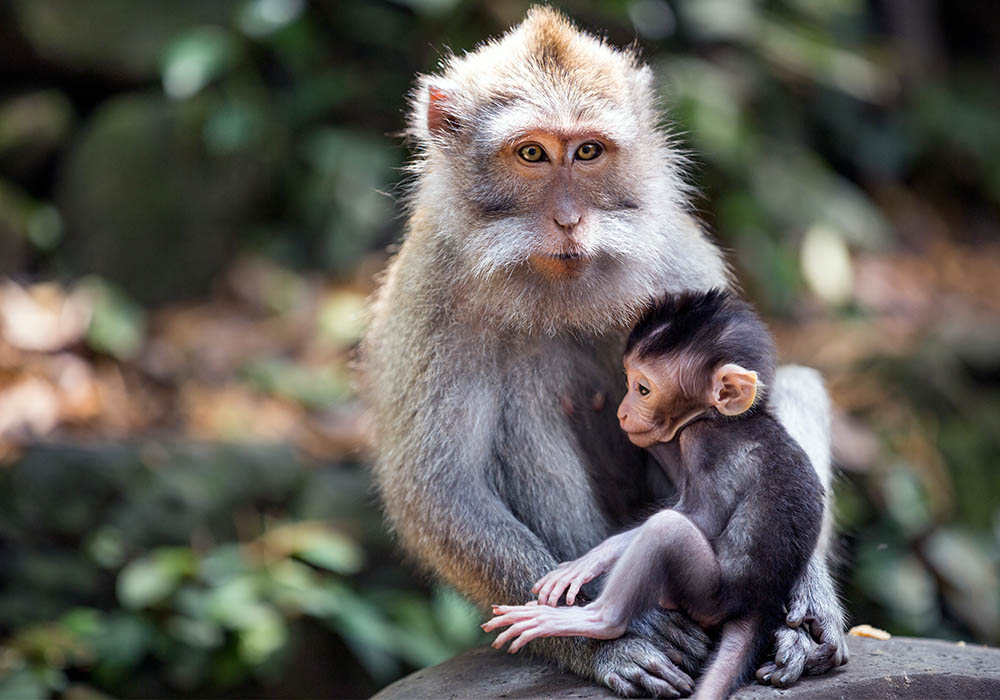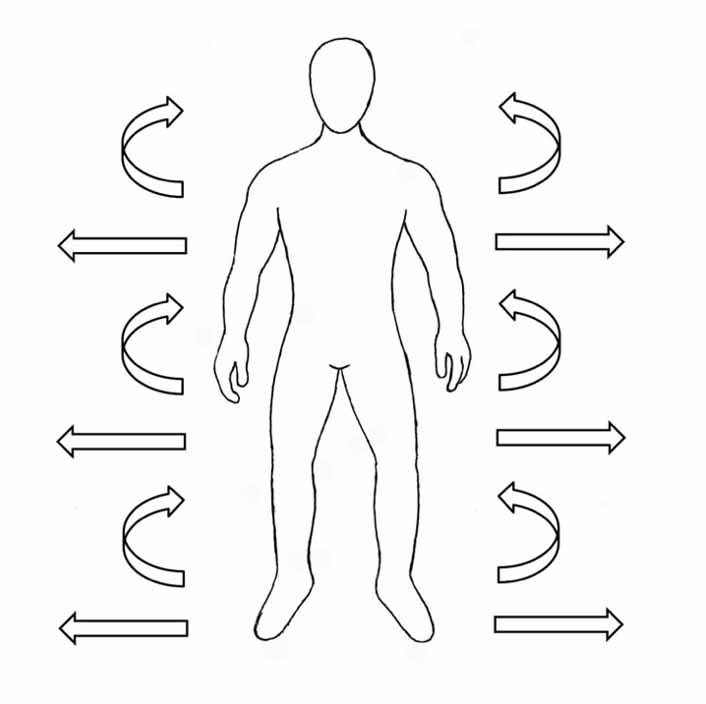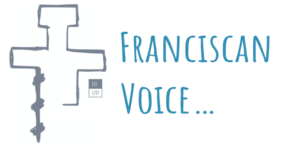This is part two of an extract from Friar Jonathan Garcia Zenteno’s thesis: “Franciscan Ecology.” (Click here to read Part One.)
To maintain an orderly classification of the ecologies that present us with information about the house (oikos) and the beings contained in it, I have allowed myself to make a scheme that, in a “parsimonious” way (principle of parsimony- simple way of giving an explanation to the phenomena that are presented)”[1] divides the different types of ecology, however varied they may seem, into two groups, (Ensemble Ecology and Internal Ecology) and in this way have at hand the contributions of ecology that we The different people who have worked in this area of knowledge have left behind.
Ensemble Ecology
I designate this type of ecology as the relationship of a being with another that is not him/herself, regardless of species or whether it is animate or inanimate.
Assemblage Ecology, as its name indicates, involves more than one species and focuses on the relationship with the other. This relationship can occur in different ways depending on the beings that are interacting (ad extra relationship).


Ensemble ecology is the relationship of a being with another that is not him/herself, regardless of species or whether it is animate or inanimate.
Internal Ecology
I designate this type of ecology as the relationship of a being with him/herself, specifically the rational being, excluding his/her different stages, from the physical to the spiritual.
This ecology starts from the knowledge of oneself. And its effect is for the good of him/herself and others, because by relating to him/herself (as a first step) he/she identifies and conceives him/herself in a certain position in nature, recognizing him/herself as part of it and not as its owner. It is possible to achieve this because the rational being is the only one who questions, who apprehends, who understands, who proposes, who acts from immediate or transcendent convictions.
Therefore, with its faculties [2] from Internal Ecology, the person can create an environmental ethic and, in this way, conceive of themselves with integrity to be able to recognize themselves as a worthy being (imago similitudo). This reflective internalization (ad intra relationship) is what leads the person to respect him/herself and the others with whom he/she relates. Since he/she sees him/herself as part of nature, within the oikos.

Curved arrows represent internal ecology and outward arrows represent ensemble ecology.
This is what the Jewish philosopher Emmanuel Levinas explains to us in more detail in his famous work Totality and Infinity. In his words we can see it like this: “The otherness of the world is necessary in identification of itself.”
The others in the world of other species tell me that I am something, because just as I am capable of seeing others, I can also see myself, but in order for me to create an identity, an alterity with another similar to me is necessary; that is, that of my same species. In this way, when I meet another like me, I can differentiate him/her from others who are different from me (other species of beings) but with the difference that I will be able to identify him/her among the others and at the same time identify myself, as I have identified my fellow man, different from the others. In this way I can recognize myself as the image and likeness of the Transcendent and Infinite Being.
[1] Vos, Antonie, The Philosophy of John Duns Scotus, Edinburgh: Edinburgh University Press, 2006. ISBN 9780748624621. Desde: http://www.euppublishing.com/doi/abs/10.3366/jsp.2010.0007. Visto el 23 de febrero de 2015.
[2] San Agustín, Tratado sobre la Santísima Trinidad, (Traducción de Arias, Luis) Biblioteca de Autores Cristianos (BAC), Madrid, 1956, p. 78.



